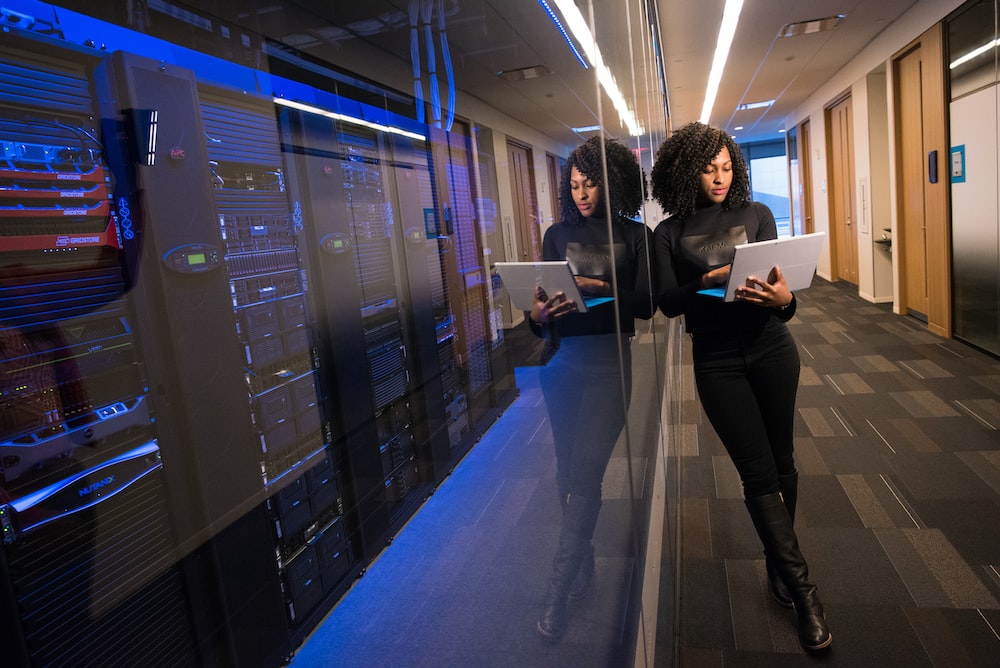Because of the rapid pace at which technology advances, small and medium-sized businesses (SMEs) must remain current with the most recent industry developments and trends. Because the future of IT support is undergoing a period of rapid change, small and medium-sized enterprises (SMEs) need to be aware of the current trends, obstacles, and possibilities that lie ahead to ensure that their technological systems are operating smoothly and effectively.
Artificial Intelligence and Automation
Automation and artificial intelligence (AI) are quickly becoming key trends in IT assistance. Chatbots and virtual assistants that AI powers are increasingly being utilised to give support around the clock, automate mundane chores, and swiftly provide solutions to common problems. Automation technologies can also automate normal processes such as backups, software upgrades, and security scans. This helps ensure that information technology systems are operating efficiently and that potential issues are discovered and resolved as quickly as possible.
Cloud Computing
Computing in the cloud is another development that is fast altering the landscape of IT assistance in the future. Computing in the cloud enables small and medium-sized businesses to gain access to and make use of technological services and resources over the internet. This removes the requirement for small and medium-sized enterprises (SMEs) to make costly investments in hardware and software, making IT assistance more affordable and accessible. In addition, cloud computing enables small and medium-sized businesses to easily adjust the size of their information technology (IT) systems in response to fluctuating business requirements.
Cybersecurity
Cybersecurity is a major concern for SMEs as cyber threats continue to increase. To safeguard their companies from cyberattacks, IT support personnel need to understand the most effective cybersecurity best practices and the most recent security technologies. This involves installing powerful firewalls, using robust encryption, and regularly updating software to fix any security flaws that may have been discovered.
Remote Support
Another development that is fast reshaping the future of IT support is the rise of remote assistance. There is no longer a need for onsite support thanks to the advent of remote support, which enables IT support workers to access and debug systems remotely. Because employees are no longer required to travel to the office for support, this can help small and medium-sized businesses save both time and money. In addition, remote support can be utilised to physically assist workers in another area, making it possible for all employees, regardless of their location, to access the support they require.
Opportunities and Challenges
Opportunities and problems, respectively, lie ahead for SMEs in terms of the future of IT support. On the one hand, new technologies and trends such as artificial intelligence (AI), automation, and cloud computing can help small and medium-sized enterprises (SMEs) increase their productivity and lower expenses. On the other hand, small and medium-sized businesses (SMEs) need to be ready to meet new problems, such as the need to keep up with the most recent technological developments and risks to cybersecurity.
In conclusion, the future of IT support is rapidly evolving, and SMEs need to understand the trends, challenges, and possibilities that lie ahead to ensure that their technological systems are operating smoothly and effectively. Keeping up with the most recent technology and trends is the best way for small and medium-sized businesses (SMEs) to not only take advantage of the opportunities that the future of IT support will provide but also to overcome the obstacles that will come with it.
Also Read: Why Funding is Important for Startups? 





